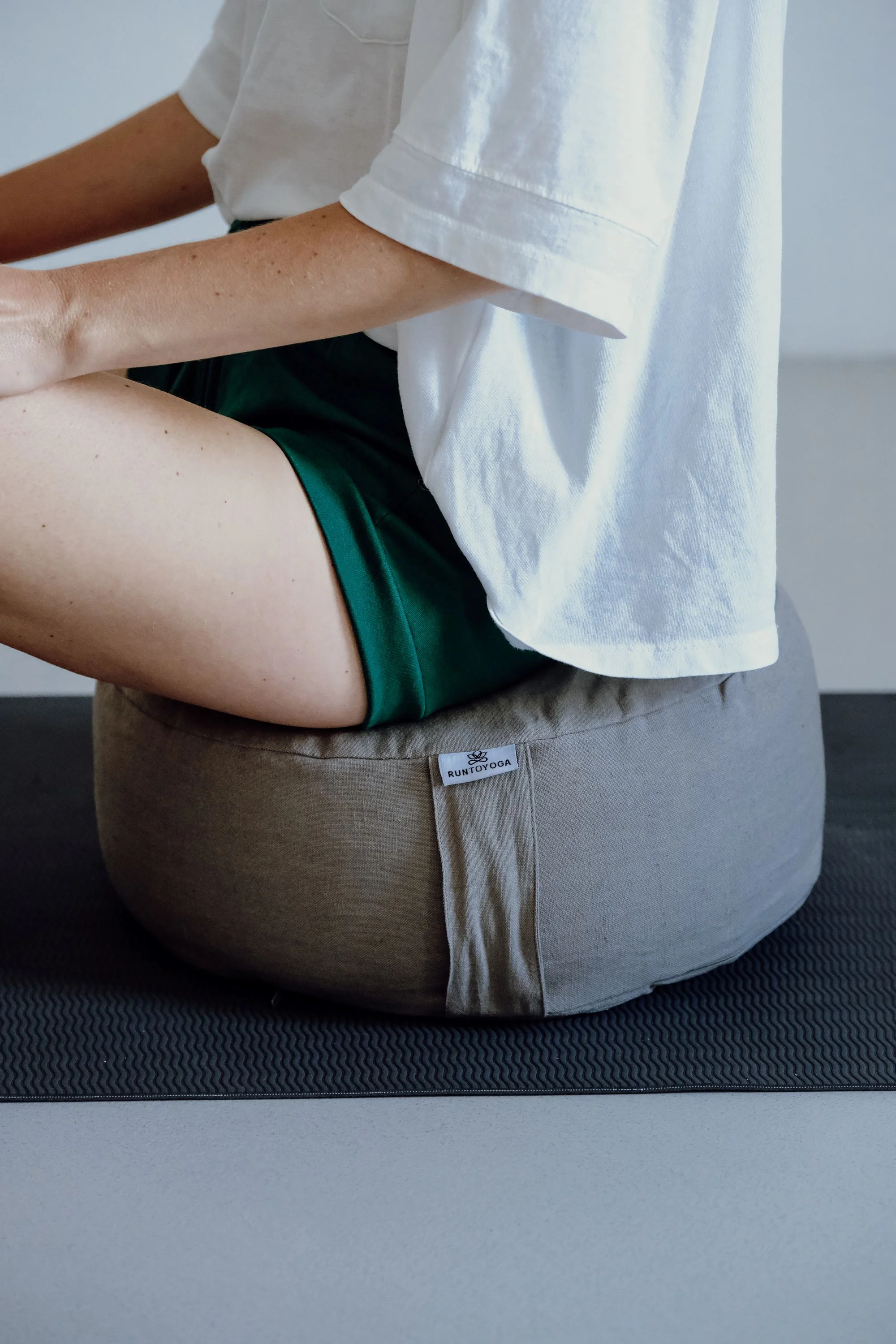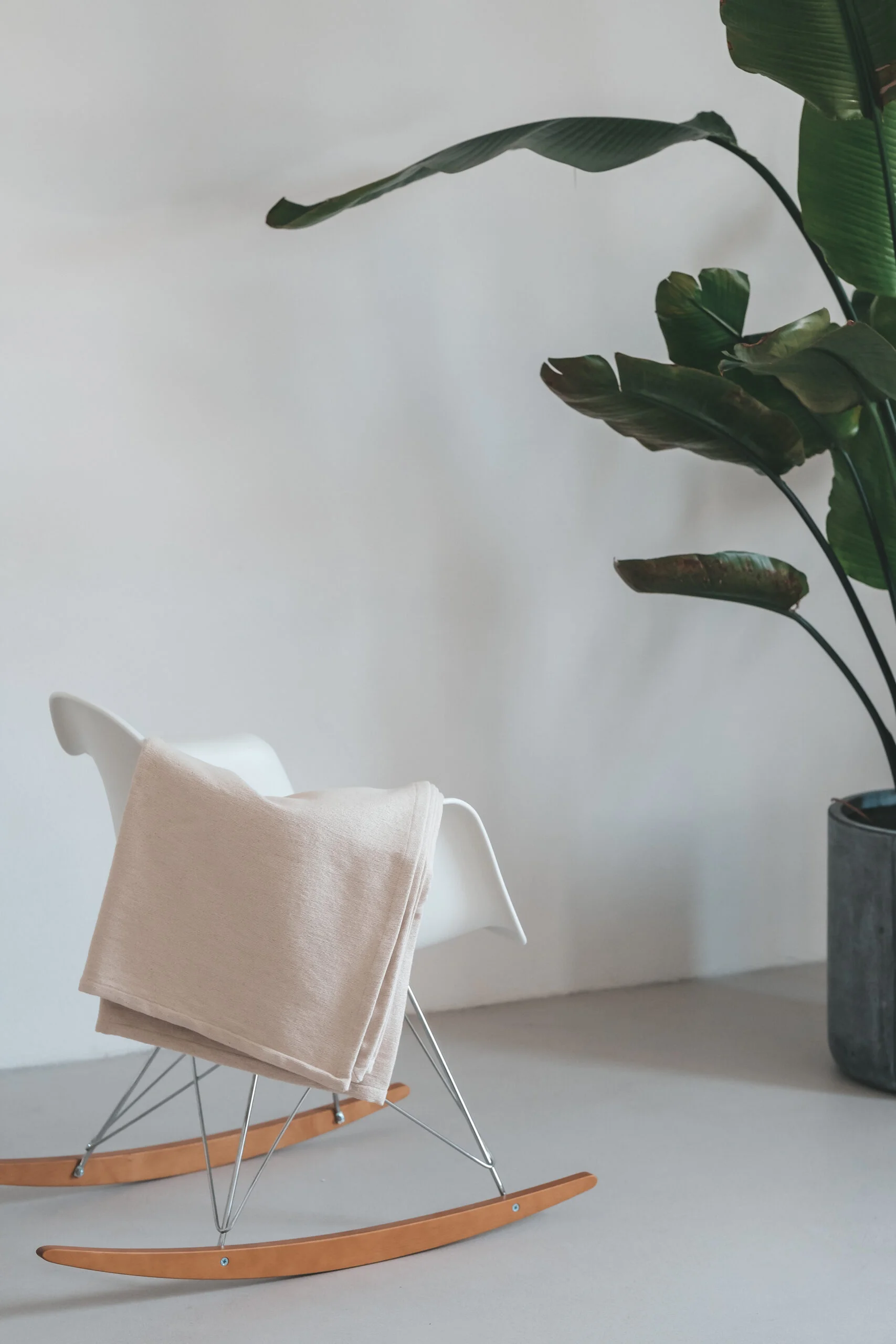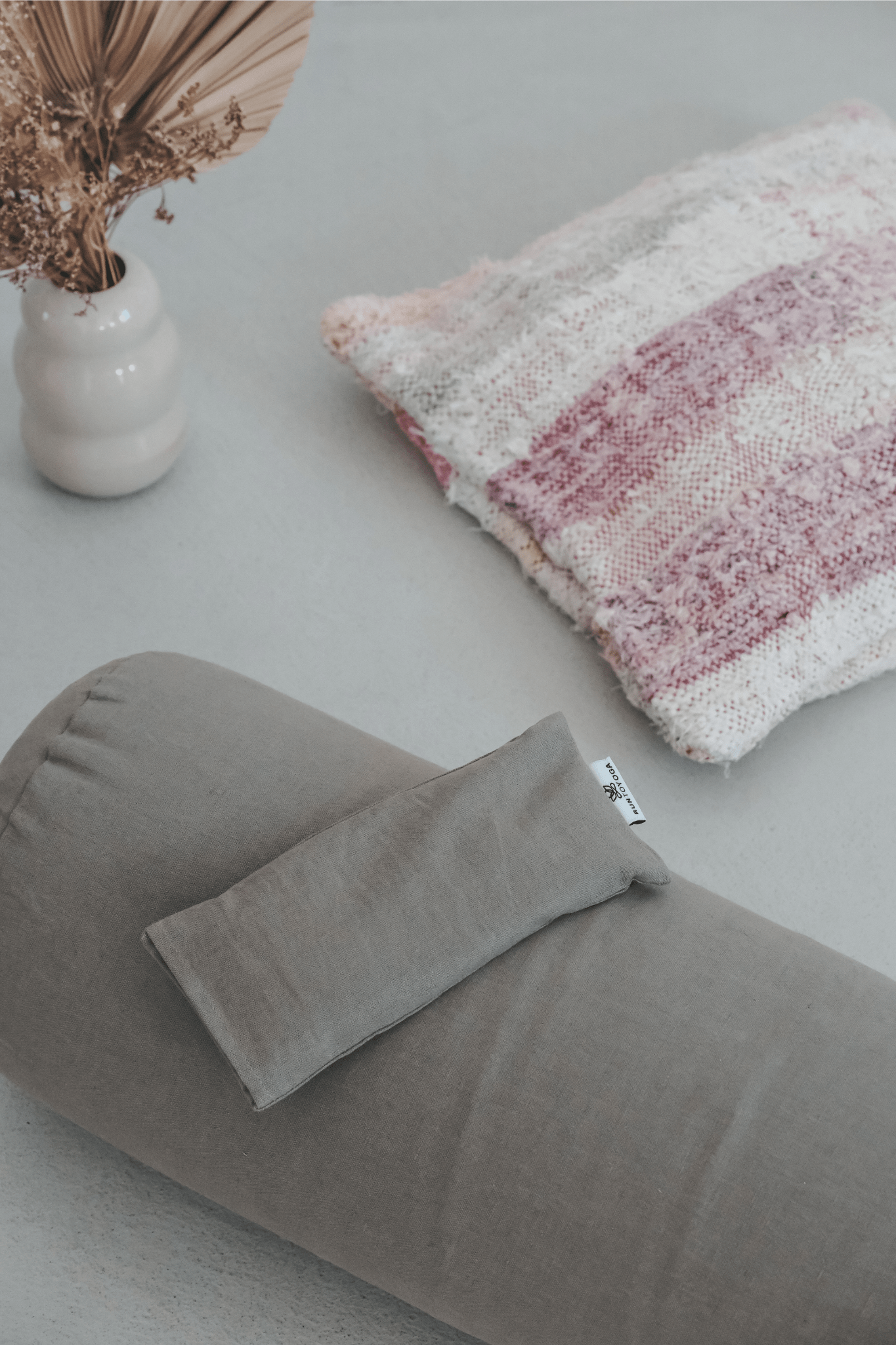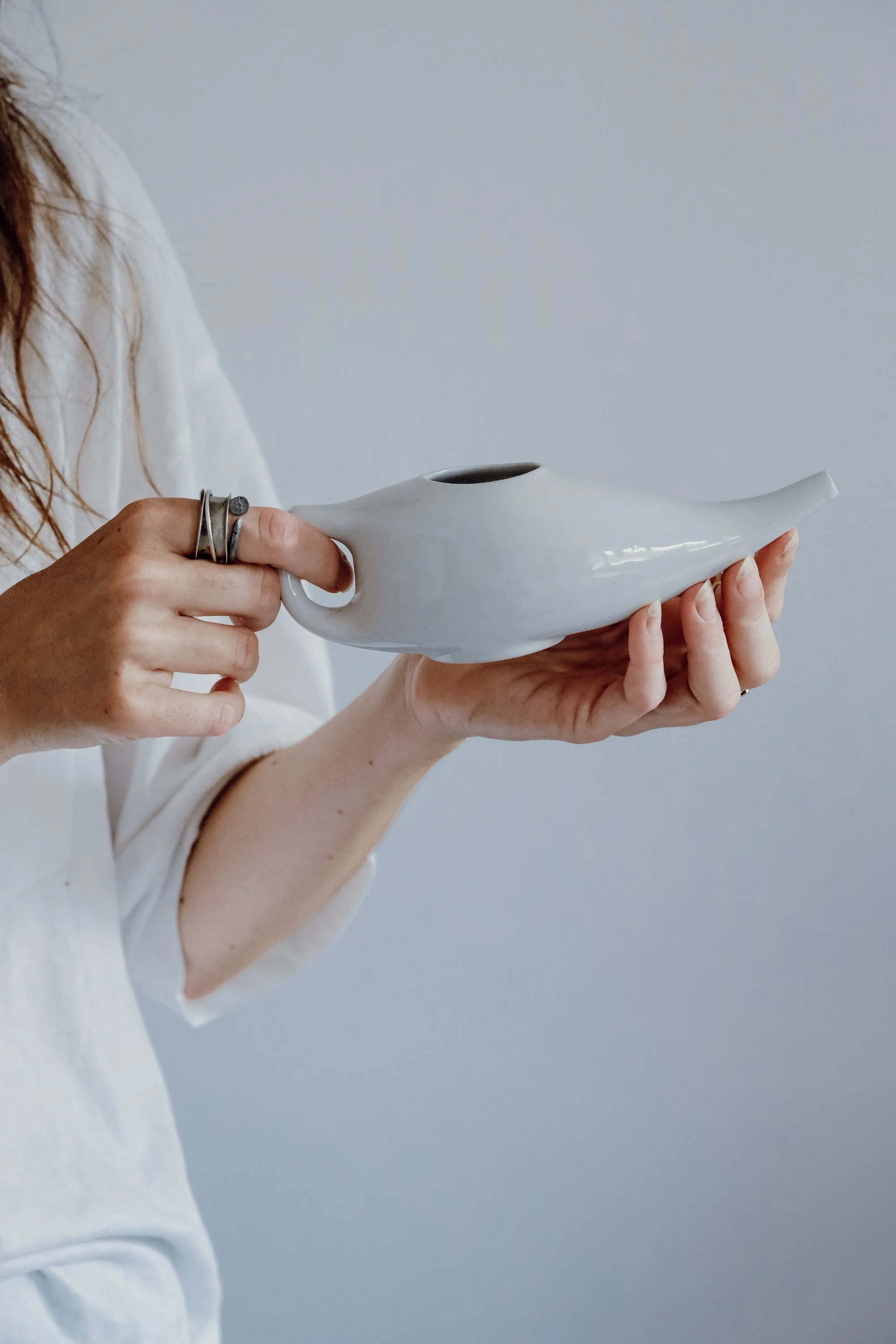
Stress- free January Detox
The start of a new year or season often inspires people to cleanse and renew their bodies. However, traditional Chinese medicine (TCM) recommends avoiding intensive detoxification during the winter. Instead, winter is a time when the kidneys, the most important organ during this season, require special care and nourishment. Supporting the kidneys and warming the body with appropriate nutrition and routines can prepare you for more thorough cleansing in the spring.

Recharge your body and mind with fresh air
During the winter months, it is essential to align with the season by consuming warm foods and drinks. Cold, raw foods can burden the kidneys and digestive system, which are more sensitive during this period. Instead, focus on warm soups, stews, and teas that provide nourishment and energy.
Additionally, you can include special nutrient-rich drinks that supply essential enzymes, vitamins, and minerals.
- Warm lemon water: Start your day with warm water and freshly squeezed lemon to support digestion and hydration.
- Turmeric and ginger drink: An anti-inflammatory beverage that boosts the immune system and supports digestion.
- Green smoothies: A blend of leafy greens (chard, spinach, kale), apple, and a bit of ginger is a gentle way to add vitamins and minerals to your day without overloading your system.
Preparing the body for spring cleansing
To gradually prepare the body for more intensive spring detoxification, adopt simple daily habits that promote elimination and vitality:
- Oil pulling (morning oil gargling): Each morning before meals, swish a tablespoon of coconut, olive, or sesame oil in your mouth for 10–15 minutes. This practice helps remove toxins from the oral cavity.
- Tongue scraping: After oil pulling, use a tongue scraper to remove the white coating that often accumulates overnight. This improves digestion and removes toxins. A copper scraper is ideal, as bacteria do not survive on it, and it lasts a long time. If you don't have one, you can use dental floss, which should be discarded after use. Be sure to spit out everything you scrape off your tongue and brush your teeth afterward.
- Hydration: Drink plenty of warm or room-temperature water throughout the day to maintain optimal body system functioning.
- Gentle movement: Practices such as yoga, tai chi, or walking promote circulation and support lymphatic drainage.
- Herbal teas: Choose teas with dandelion, nettle, chamomile, or horsetail to support kidney and liver function.
Teas to support kidney health
The kidneys play a crucial role in filtering toxins and maintaining fluid balance in the body. Here are some teas that are beneficial for kidney health:
- Nettle tea: Cleanses the blood and stimulates kidney function, helping with water retention and toxin elimination.
- Horsetail tea: Rich in silica, strengthens the kidneys, and supports tissue regeneration.
- Dandelion tea: Acts as a natural diuretic, supports kidney function, and removes excess fluid.
- Green tea: Packed with antioxidants that protect the kidneys from oxidative stress and improve their function.
- Birch leaf tea: Encourages urine production and aids in detoxifying the body.
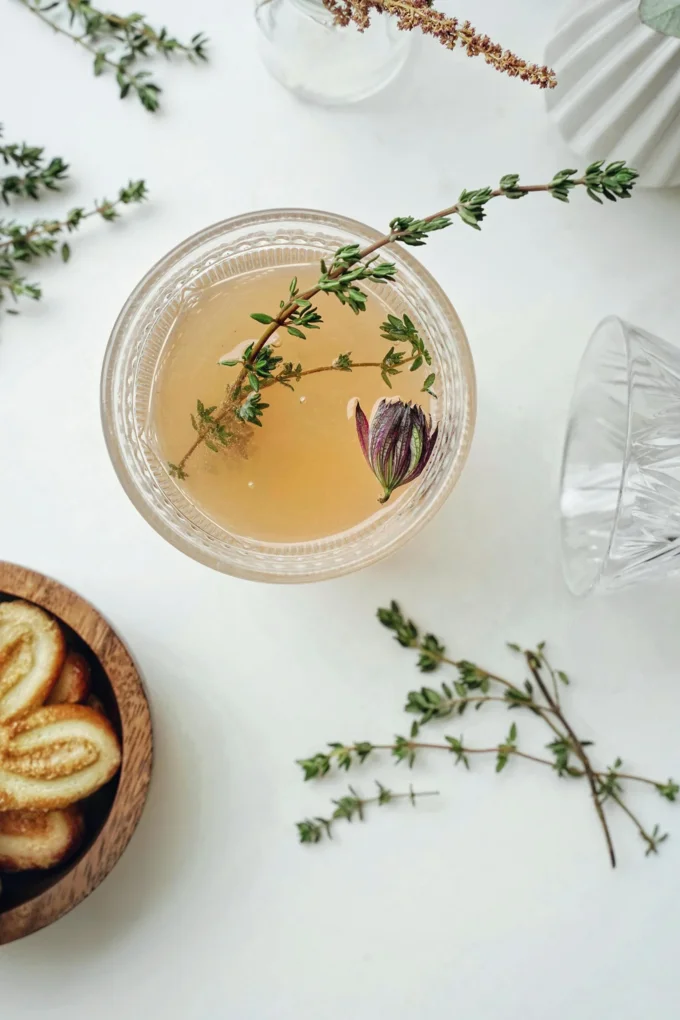
When are the kidneys most active according to TCM?
According to traditional Chinese medicine (TCM), every organ has a specific time in the 24-hour cycle when it is most active. The kidneys reach their peak activity between 5:00 PM and 7:00 PM. This is an ideal time to support their function.
Tips for supporting the kidneys during their active hours:
- Replace your afternoon coffee with kidney-supporting teas, such as nettle or horsetail tea.
- Avoid cold drinks, as they can weaken kidney function.
- Relax or engage in gentle physical activities to encourage the flow of energy.
Have you heard of horsetail (Equisetum arvense)?
Horsetail, or Equisetum arvense, is a powerful plant that can enhance your wellness routine, especially during detoxification. Known for its high silica content, often referred to as the “mineral of youth,” horsetail rejuvenates tissues, improves skin elasticity, and supports bladder and kidney health.
Dual benefits of horsetail baths
Incorporating a weekly horsetail bath offers twofold benefits:
- Promoting sweating and detoxification: Similar to a sauna, it helps eliminate toxins through the skin.
- Strengthening vital organs: Horsetail tones the kidneys and liver, the body’s primary filters, and enhances their detoxifying functions.
Horsetail baths are particularly beneficial for those with cold hands and feet, excessive sweating, irregular menstruation, or minor skin issues. They also help alleviate back pain, stiff joints, or skin impurities associated with toxins.
How to prepare a horsetail bath
- Ingredients: Soak 100 g of dried horsetail in 3 liters of water overnight.
- Cooking: The next day, boil the soaked mixture for 30 minutes.
- Preparing the bath: Strain the liquid and pour it into a hot bath. Ensure the water is warm enough to open your pores.
- Duration: Soak your entire body (neck down) for 20–30 minutes. If you feel dizzy or overheated, reduce the duration.
After the bath, wrap yourself in a towel and rest to prolong the sweating process for up to two hours. The detoxifying effects continue as toxins are expelled through sweat.
Who should avoid horsetail baths?
Horsetail baths are not recommended for individuals with pronounced varicose veins, significant heart issues, or high blood pressure. Always consult a healthcare professional if you are unsure.

Detoxing mental health: a gentle path to inner peace
In today's fast-paced life, detoxing mental health is just as important as taking care of the body. Take time to reset your mind, calm your nerves, and focus, as this can significantly impact your overall well-being. Here are some practices to create a peaceful space for mental detox, focusing on yoga, meditation, and pranayama.
Create a peaceful environment
Prepare a space for relaxation with a few essential items:
Provides a stable and comfortable base for seated practices and encourages proper posture.
Keeps you warm and comfortable during meditation or savasana. Cotton is breathable and soft, ideal for relaxation.
Eye pillow filled with lavender
Gently place it on your eyes to block out light and release tension, while the lavender scent soothes the mind.
Neti Pot – a sinus cleansing pot
Before practicing pranayama, cleanse your nasal passages with a Neti pot. This traditional Ayurvedic practice removes mucus from the sinuses, allowing for easier and deeper breathing. Use warm, lightly salted water and follow the instructions carefully. This simple ritual can help you feel refreshed and more focused.
Pranayama for mental clarity
Pranayama, the art of controlling the breath, is a powerful tool for calming the mind and alleviating stress. Try the following techniques on a meditation cushion:
Nadi Shodhana
- Sit comfortably with a straight spine. Close your right nostril with your thumb. Breathe deeply through the left nostril.
- Close the left nostril with your ring and pinky fingers, and exhale through the right nostril.
- Repeat the cycle for 5–10 minutes to balance the body and mind.
Bhramari (Bee breath):
- Close your eyes and place your thumbs on your ears, with your fingers gently resting on your forehead.Inhale deeply, then exhale slowly while humming like a bee.
- Repeat 5–7 times to reduce anxiety and improve focus.
- Finish with meditation and relaxation
After pranayama, transition into meditation. Sit on the zafu, wrap yourself in a cotton blanket, and allow your mind to calm. Focus on your breath or use a mantra to guide your practice. The lavender eye pillow can enhance relaxation and create a deeply restorative experience. You can also include trataka.
Trataka: candle meditation for mental clarity
Trataka, or candle meditation, is a traditional yoga practice that focuses the mind, improves concentration, and supports mental clarity. This technique is especially effective in calming restless thoughts and fostering inner stillness.
Preparing the space
To practice trataka comfortably and effectively, create a peaceful environment with the following items:
- Meditation cushion (Zafu): Provides a stable and elevated seat, helping maintain an upright spine and proper posture.
- Cotton blanket: Place it under your thighs for additional support, especially if you will sit for an extended period. This ensures comfort and relaxation of the legs.
- Candle: Choose a non-toxic, unscented candle with a tall flame. Position it at eye level, extending your arm and placing the candle 60–90 cm away. This prevents neck strain and maintains a stable gaze.
How to practice Trataka
Ensure the candle's flame is stable and at eye level. Dim the lights or practice in a dark space for better focus.
- Focus on the flame: Gaze steadily at the top of the flame without blinking. Keep your eyes soft and relaxed while observing the colors and movement of the flame.
- Maintain focus: If your eyes begin to water, gently close them and visualize the flame in your mind. When ready, open your eyes and continue gazing.
- Duration: Start with 5–10 minutes and gradually extend the practice as your concentration improves.
- Finish with meditation: After trataka, close your eyes and sit in silence. Observe the image of the flame in your mind and allow it to naturally fade away.
Benefits of Trataka
- Improves concentration: Focusing on the flame trains the mind to remain present and resist distractions.
- Improves vision: The practice strengthens the eye muscles and reduces tension.
- Calms the mind: Trataka is meditative, helping reduce stress and anxiety.
- Increases awareness: Sharpens focus and aligns mental clarity.
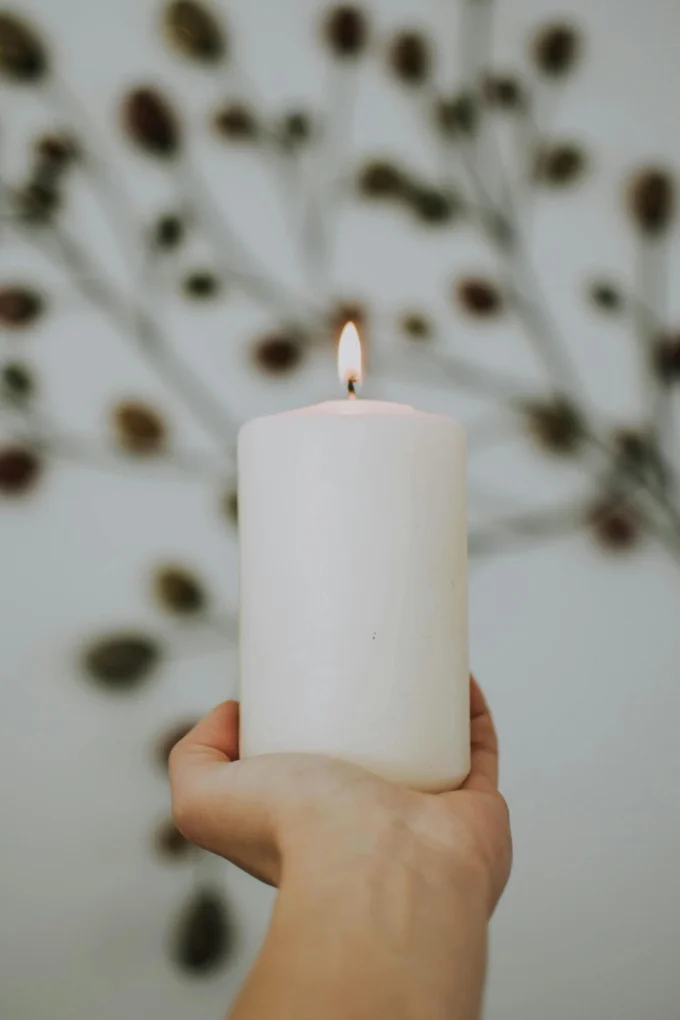
Benefits of mental health detox
By incorporating these gentle practices into your routine, you can:
- Reduce stress and anxiety.
- Improve focus and mental clarity.
- Strengthen your overall sense of well-being.
Taking time to nurture the body, mind, and soul is an act of self-love. Whether you're nourishing your kidneys with herbal teas, grounding yourself with pranayama, or finding clarity in the gentle glow of a candle, every step you take toward balance is a gift to yourself.
These rituals remind us that well-being is not about perfection, but about small, intentional choices that align with our natural rhythms. Celebrate these moments of care and connection, knowing that they pave the way to greater vitality, peace, and joy in your life.



